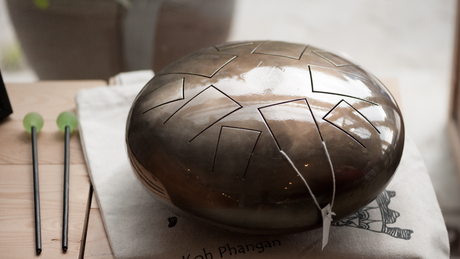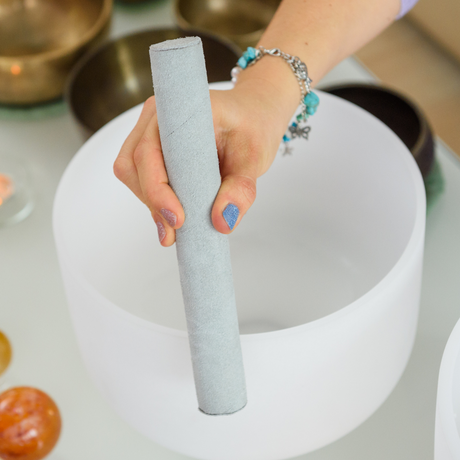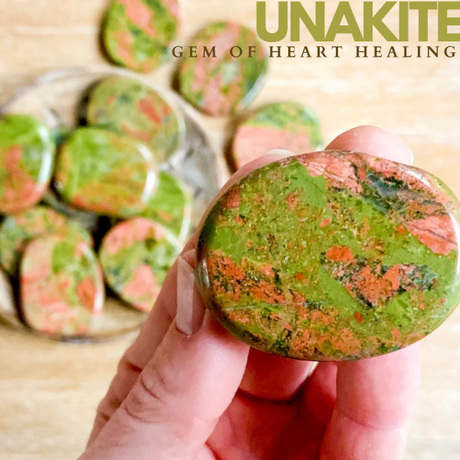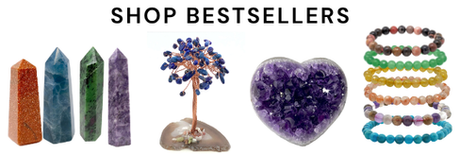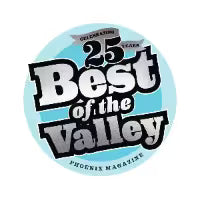The Huichol people—known in their native language as the Wixáritari—live primarily in the Mexican states of Jalisco, Durango, Zacatecas, and Nayarit. Renowned worldwide for their vibrant and spiritually rich bead and string art, they create intricate works that command high prices and even higher respect.
These artistic expressions are not merely decorative—they are a profound manifestation of the Huichol worldview, spirituality, and ancestral traditions.
The Art of Beads and Yarn
Huichol art typically includes:
Beaded animal figures, jaguar heads, masks, and ceremonial bowls, created by coating surfaces with beeswax and embedding hundreds of tiny, glass beads—each placed individually by hand.
Yarn paintings, where colored threads are pressed into wax-covered wood boards to form symbolic images.
These artworks are rooted in ancient shamanic visions and cosmic stories, reflecting the Wixáritari’s understanding of the universe. Each pattern and color is chosen with care, inspired by dreams, visions, and peyote ceremonies.
Symbolism and Spiritual Beliefs
Huichol art is rich with spiritual symbolism, often including key sacred elements:
- Deer: The most sacred animal, symbolizing fertility and spiritual guidance.
- Corn: A gift from the gods and the source of life.
- Peyote (Hikuri): A sacred cactus used in religious rituals, believed to be a gateway for communicating with the divine.
These three elements—deer, corn, and peyote—form the core of Huichol cosmology, uniting the spiritual and physical realms.
Spiritual Practice and Ritual
The Huichol worldview divides existence into three spiritual realms:
The Mythical Ocean – believed to be the origin of life.
The Corn World – representing daily life, agriculture, and Huichol traditions.
The Mystical Realm – the unseen world revealed through rituals and visionary art.
Shamans, or mara'akame, serve as spiritual guides, using dreams and visions—often induced through peyote ceremonies—to access these worlds. Their insights are then transformed into symbolic art, which serves as a visual language and spiritual record.
Cultural Preservation and Identity
Unlike many indigenous groups affected by colonization, the Huichol have successfully preserved much of their ancestral knowledge, beliefs, and rituals. During the Spanish conquest, many fled into the remote Sierra Madre Occidental mountains to escape colonial forces, helping to maintain their traditions in isolation.
Today, Huichol art remains a living tradition. Each piece is a story, a myth, and a spiritual message passed through generations. No other ethnic group in Mexico is said to have preserved their identity as deeply as the Huichol.
Huichol Art as Sacred Expression
Huichol art is not just cultural—it is cosmological. For the Wixáritari, artistic creation is an extension of visionary experience, a process of reaching the sacred through a gift known as "nierika"—the ability to see and communicate with the spiritual world.
Their art is, in essence, a form of spiritual writing—a way to record sacred stories, honor the gods, and maintain balance between the divine and the earthly.
Final Thoughts
With every bead, thread, and symbol, Huichol art offers a window into a world shaped by myth, nature, and visionary experience. It is a bridge between the ancient and the modern, the sacred and the seen, inviting all who witness it to connect with something deeper and timeless.


